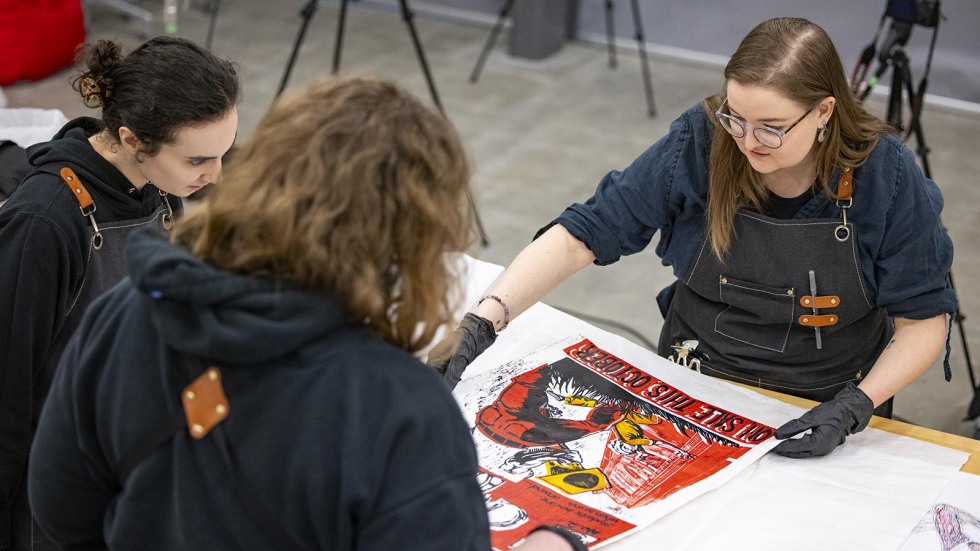PROVIDENCE, R.I. [Brown University] — In Fiscal Year 2024, Brown University made community contributions to the City of Providence valued at $11.9 million, supporting priorities including K-12 education, community programs and scholarships for city residents.
Those came in addition to a $5.1 million direct voluntary payment, marking a total financial value of $17 million to the city between July 1, 2023, and June 30, 2024.
The community contributions from Brown and Providence’s three other colleges and universities were outlined on a city website launched on Friday, Nov. 15, and Brown detailed its contributions in a report that provides an in-depth look at many of the important ways the University supports the city it calls home.
The release of community contributions data from Brown, Johnson and Wales University, Providence College and the Rhode Island School of Design marked the first annual report since a set of agreements in 2023 established Providence’s colleges and universities among the nation’s most significant voluntary financial contributors to the city in which they operate.
As part of those agreements, Brown committed to contributing nearly $175 million in direct voluntary payments through a shared memorandum of understanding (MOU) between the city and the four schools, and a separate memorandum of agreement between Brown and the city. In addition, Brown and the other schools pledged to make community contributions valued at an additional $177.5 million.
“These colleges and universities have been vital in the success of Providence, and this data reinforces just how committed they are to making our city stronger and more vibrant,” Providence Mayor Brett Smiley said in a city news release. “Through the [payment in lieu of taxes] program, these institutions are helping to build a stronger and more resilient city. The contributions they make to the community go beyond financial support. They are an integral part of what makes Providence a thriving, creative and innovative city.”
Brown President Christina H. Paxson said the University’s agreements with the city reflect Brown’s ongoing commitment to supporting Providence’s growth and vitality. The combined financial impact of voluntary payments and community contributions from Brown will total a minimum of $303.3 million in benefits to the city between 2024 and 2043.
“Investing in the success of Providence is embedded in Brown’s mission of education, research and service, and students, faculty and staff across campus bring that commitment to life every day,” Paxson said. “The contributions reflected in this new data resource demonstrate how Brown and other local higher education institutions can have a meaningful impact as we work together with local leaders to address shared challenges, spark economic development and improve quality of life for residents across the city we call home.”










